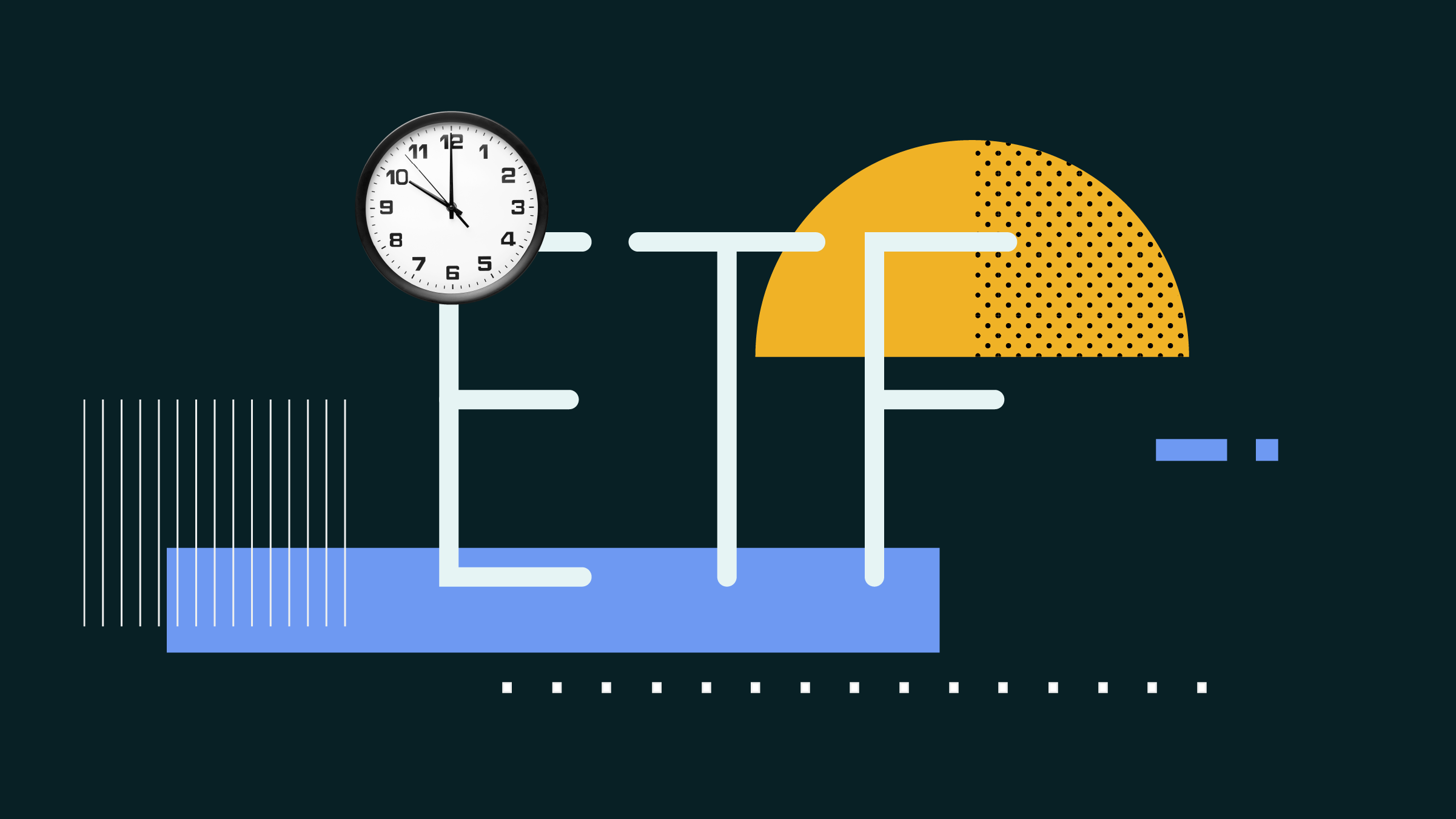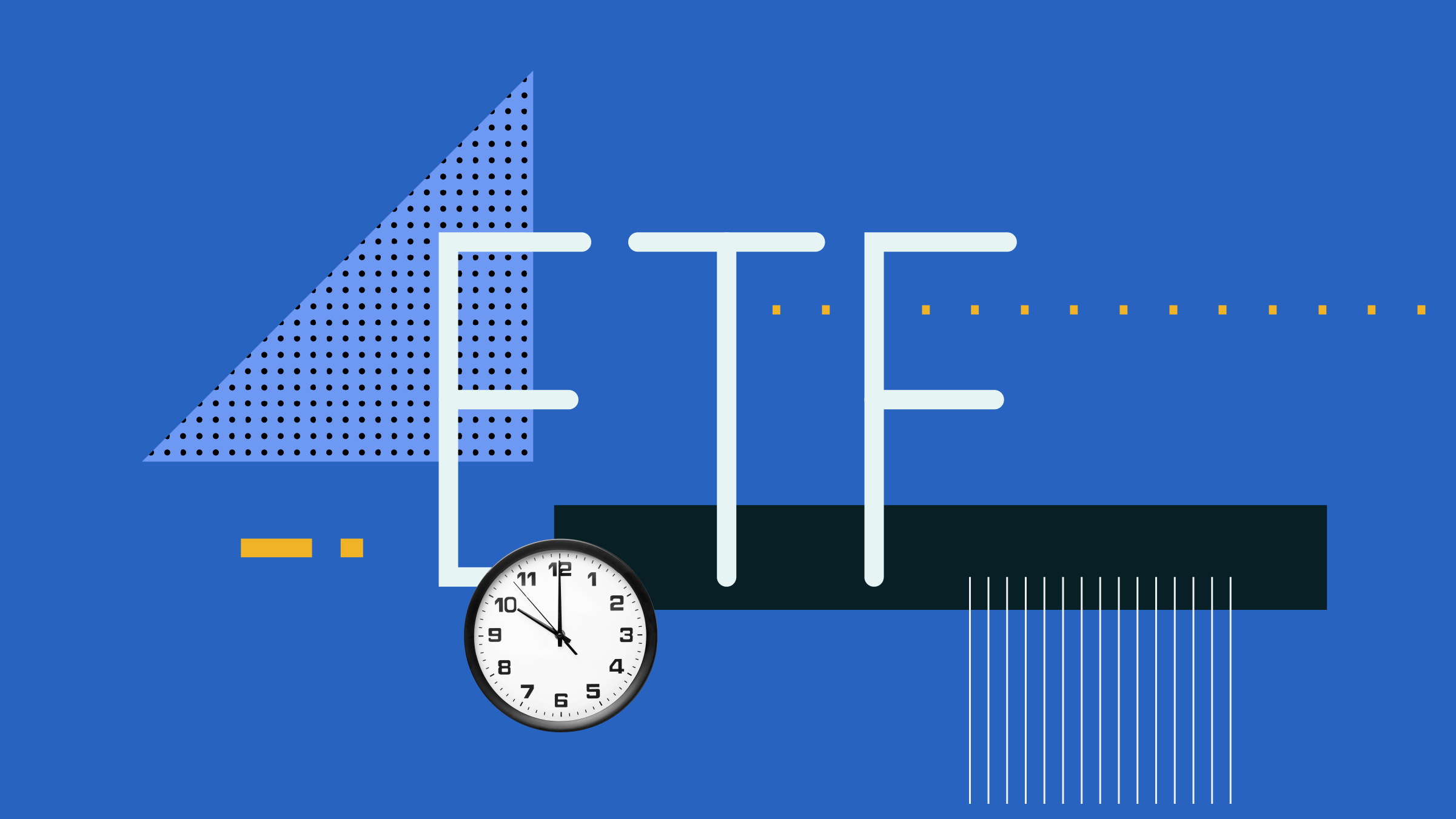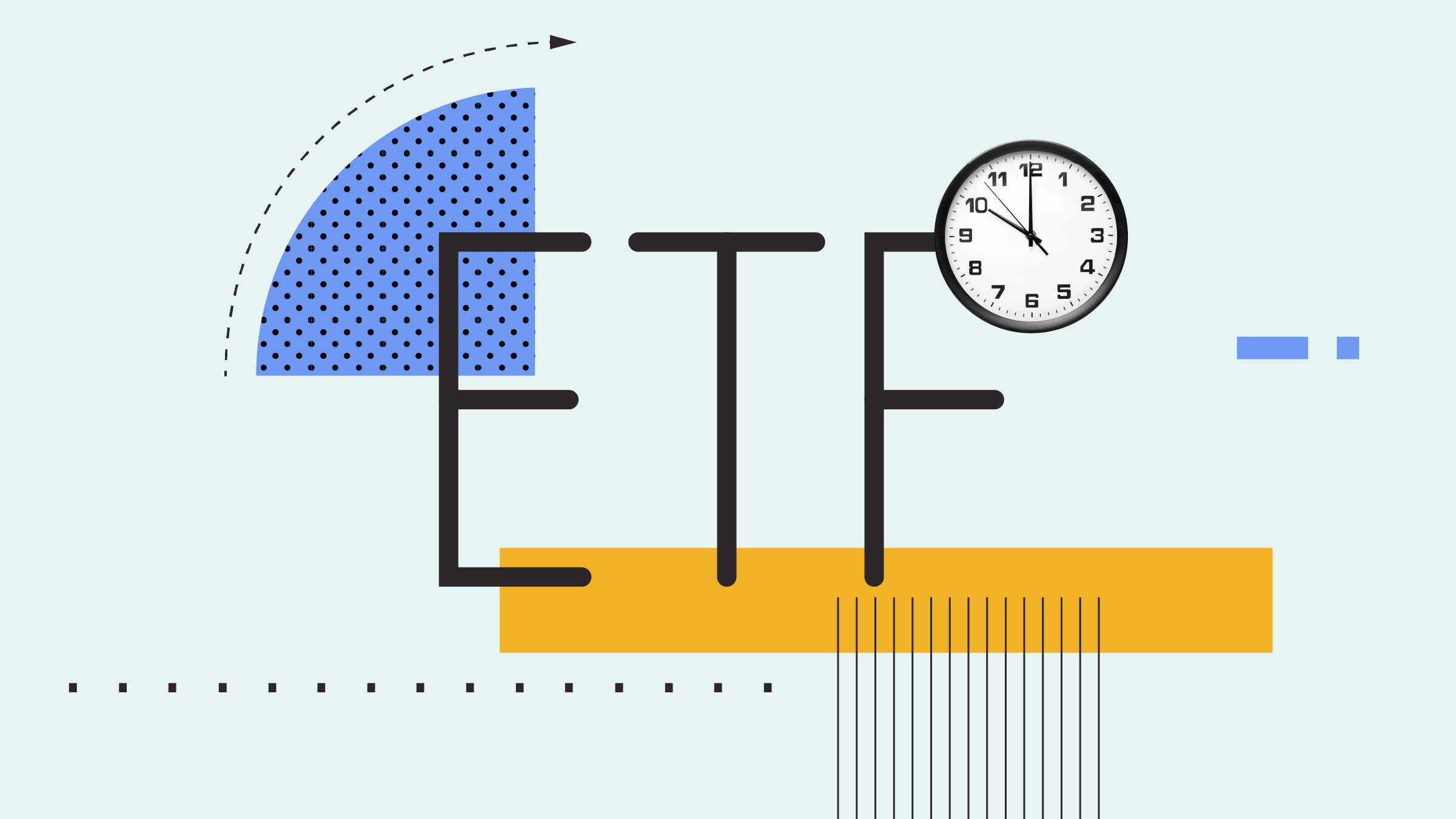Note: This article is part of Morningstar's January 2015 RRSP Check-up special report.
A program manager with a Toronto charitable organization, Ron Lawrence participates in a group RRSP through his company which, after 20 years, has a value of $400,000. He's also accumulated $130,000 in an individual RRSP and $30,000 in a Tax-Free Savings Account. The largest component in his financial picture, however, is the $600,000 equity in a home worth about $850,000. But Lawrence (not his real name) is somewhat frustrated with the company pension, which represents about 35% of his total retirement savings (which includes the home equity).
"The problem is there is no direction from the people running the plan as to what you should be investing in," says Lawrence, who is in his mid-fifties, adding that the group RRSP has averaged a measly 4.12% return for the last decade. "There's so many people in my situation who are passive investors just going along for the ride, with no one to guide them," says Lawrence, arguing that the pension plan administrators collect their fees and have no incentive to provide advice. "They don't provide expertise -- you have to go outside to get it."
Although he has on occasion sought advice from a friend, Lawrence would like more guidance. Yet, because he is busy with his career, Lawrence also admits he has neglected a key aspect of his financial plan: synchronizing all the parts of the puzzle into one harmonious whole. "We all have expertise in different areas, but mine is not in this area. I just haven't paid enough attention to it."
Professionals like Lawrence may be passive investors -- and sometimes reluctant ones at that -- but financial advisors observe that many people whose company pensions are not central to their retirement savings tend to take them for granted. "I can't tell you how many people that I've asked 'What are you currently doing to help meet your retirement goals?' and they'll me, 'I have a plan at work,'" says Jonathan Rivard, an advisor at Edward Jones in Richmond Hill, Ont. "When I ask them what they're contributing and what is their employer contributing? I get a range of answers from 'I'm not sure,' to "I think it's $250 a month.'"
Ted Rechtshaffen, president of Toronto-based TriDelta Financial, echoes that view, saying that the vague approach taken by many is attributable to what he calls the black box syndrome. "That means you don't know what is in it, but money does come out eventually," says Rechtshaffen. "You don't really worry about how it's invested, because you're told there is a guaranteed amount coming out of the pension plan."
Moreover, the "black box syndrome" points to the widespread lack of knowledge about pensions and the fact that many people don't appreciate the differences. Workplace plans often have both employer and employee contributions. But they are generally divided into two groups: so-called defined benefit plans that rely on contributions from employers and employees and promise a specific dollar amount at the end of one's employment service, and, secondly, defined contribution plans that similarly rely on employer/employee contributions but whose payouts are dependent strictly on the administrator's investment expertise.
"Some plans are invested better than others and some are funded structurally better than others and some employers will be stable for the next 50 years and some will not be," says Rechtshaffen. "You never know if your organization will be around down the road." Indeed, many pension plans are known to be underfunded, says Rechtshaffen, adding that stronger organizations may be fortunate enough to make adjustments to ensure funding.
"You want to have some understanding how well-funded the pension plan is today and a decent guess of how it will perform in the future," says Rechtshaffen, adding that companies are required to provide financial statements that indicate the level of funding. "My advice: Know what's under the hood; know how stable your pension plan is."
Like Rechsthaffen, Rivard argues that professionals have to take charge and educate themselves about the workings of their workplace retirement plans. They also have to understand their personal risk tolerance in a way that the company pension fits in with the rest of their financial assets. "In my experience, when people are faced with a series of choices, they will tick off the 'low-risk' box without understanding what it really means," says Rivard. "This is an opportunity to talk to your financial advisor about how your workplace plan fits into your overall retirement picture. How do you properly select these investments that you are asked to pick?"
All too often, says Rivard, professionals focus on an investment's historic rate of return, without taking into account how that particular investment fits into the larger framework. "They need to understand how it aligns with their overall financial picture. If they have strictly conservative investments with their employer, maybe they need an allocation to growth or international investments," says Rivard. "It's important to understand three things: how much risk am I taking on; what do I own in the investment pool; and how does it contribute to my overall financial plan?"
It's a fairly complex exercise, and requires balancing many different pieces of a large puzzle that may also include a spouse's savings, pensions and investments, says Peter Andreana, a financial planner and partner at Burlington, Ont.-based Continuum II Inc. "It's not an easy process, where you just check off a bunch of boxes. There are many calculations to be done. Then we can look at the big picture and decide what is truly in your best interest."
A spread-sheet is required to lay out all one's financial assets, followed by determining if the asset allocation is aligned with one's financial plan. "Then you have to ask, 'Where should I be and what changes do I have to make to get there?'" says Andreana, who recommends working with a financial planner to make the most appropriate asset allocation decision. Andreana adds that in the process of working with an advisor, professionals will understand the importance of re-balancing their private, or non-company, assets on a regular basis to ensure they are aligned with their goals.
From an asset allocation perspective, Rechtshaffen argues that the fixed nature of a pension plan's payout means it has bond-like characteristics. For illustration purposes, he notes that an annual $60,000 pension from a defined benefit plan may have a commuted value of about $1.8 million. That effectively alters the asset allocation in an investment portfolio worth $2.1 million and may suggest that a person take on more risk in the remaining $300,000 held in private savings.
"I get arguments from people all the time, people saying, 'I can't put my portfolio all into stocks. It's way too aggressive.' I disagree," says Rechtshaffen. "I tell them, 'your portfolio is way too safe.'" Besides, says Rechtshaffen, if the company pension covers all or the bulk of a person's expenses, then he/she can afford to invest in equities to a greater extent outside the pension plan.
For his part, Lawrence recommends that professionals who happen to be in a similar position become more proactive and monitor their company pension plan. "I'd tell you to ask your plan administrators, 'I need advice on how my portfolio should be managed. If you're making a percentage off this, don't you owe me your expertise and guidance?'"




















